HANDMADE
rina menardi
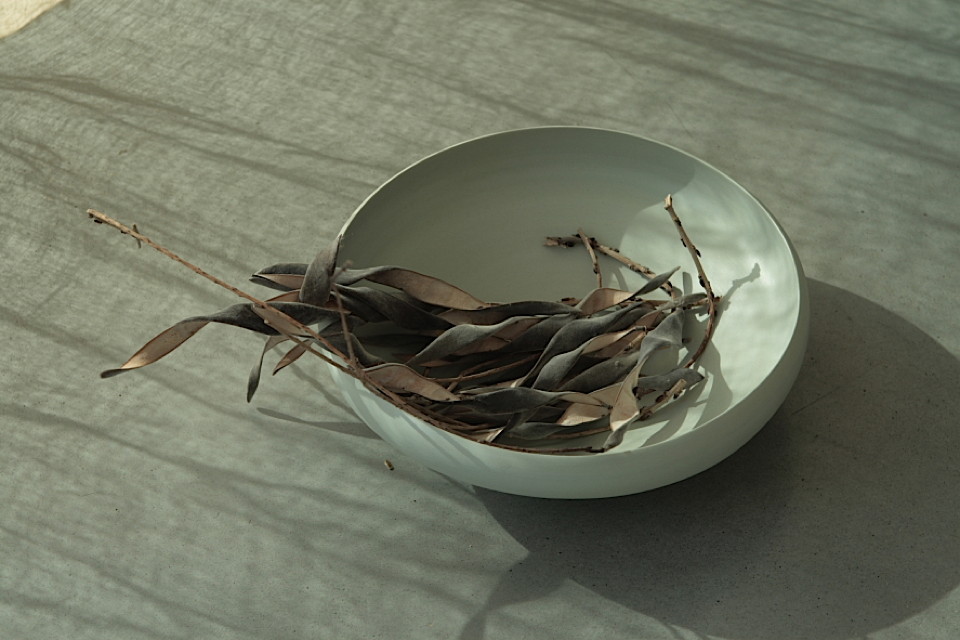
photos by Carlo Vidoni styling Magda Di Siena
Magda di Siena is an architect, an interior stylist and an art consultant. Her work is focused on projecting and setting exhibitions, fair stands, paper advertisements. She met Rina Menardi in her studio in Italy and shares with us this delicate work.
Wearing a soft, bright blue dress, Rina Menardi moves confidently around the factory that bears her name. The large glass entrance to her workspace lets in a warm, inviting light. You quickly become aware of a positive energy, a kind of silent music languidly lurking in the background, among pots arranged in compositions suggestive of journeys and resting places. The upper floor is accessed by a winding staircase made of polished metal, designed by Rina and built by a local artisan. The staircase is a parenthesis. A short poem among other poems, almost a Haiku (like the wooden walkway over the reflecting pool that leads to the entrance) inviting you to proceed with caution, to linger, to slow down. The upper floor looks out onto an immense natural landscape. In order to work and immerse herself in the creative process, she says she needs “an upper level from where I can observe things.”
Her creations are arranged here like characters in conversation. Their variety is extraordinary. Every work is different: a detail, a curve along an edge, a reflection, making each at once characteristic and unique. She has just managed to obtain a colour that expresses the power of the earth, and she is thrilled with it. Every pot tells a story, yet it is also the natural evolution of a thought. ‘Project’ is a poor word for these works, which go far beyond mere projects; the word ‘thought’ occurs often as she talks. Perhaps her work can be defined as a pure thought that sets out from a suggestion and returns as a form. Her relationship with her material is not one of domination but accompaniment. She speaks to the material and it speaks to her in a reciprocal act of giving as the work comes into being, then of separation into two individual entities that resemble each other at the end of the creative process. Only then has the object absorbed Rina Menardi’s thought and intention, only then has the artist absorbed all the sensations that the material, through its transformation, has succeeded in passing back to her: strength/fragility, tactile/ethereal qualities, subtlety/richness of colour, fullness/sense of empty space. Her research is focussed on the balancing of contrasts.
These journeys between opposites, through the medium of her hands, have made Rina Menardi sensitive to every stimulus offered by natural forms. Her perceptual relationship with nature and a spiritual sphere, which she sees as of equal reality to its earthly double, is perfectly intelligible in her works through references to ancestral forms.
With the certainty of a person who knows her subject thoroughly, she declares, ‘this is what the future really means: creating a relationship of respect towards everything that surrounds us, with what existed before us and what is to come.’ She repeats this phrase, yet finds it inadequate. Words are limiting, she wants to express more than they can convey; and at this point she entrusts her message of simplicity to the forms and colours of her work, which are – she says – a natural extension of herself. The pots, the bowls, and the infinite forms expressed are described with their dimensions, but their uses are varied and not decided a priori.
Today her creations, shown by the best design galleries, can be found as often in private homes as in restaurants that combine exquisite cuisine with the most careful attention to aesthetics. This is a source of personal satisfaction to Rina, and she expresses a desire that her ceramics should be treated with care, ‘a care’ – she explains – ‘that human beings should exercise in relation to the things they touch every day, which should be transferred, on a larger scale, to their relationship with the whole world.’ She adds, ‘If I can make people better through the tactile and visual sensations communicated by my work, I have achieved my goal. I believe firmly in the infinite positive power of beauty.’
Magda Di Siena
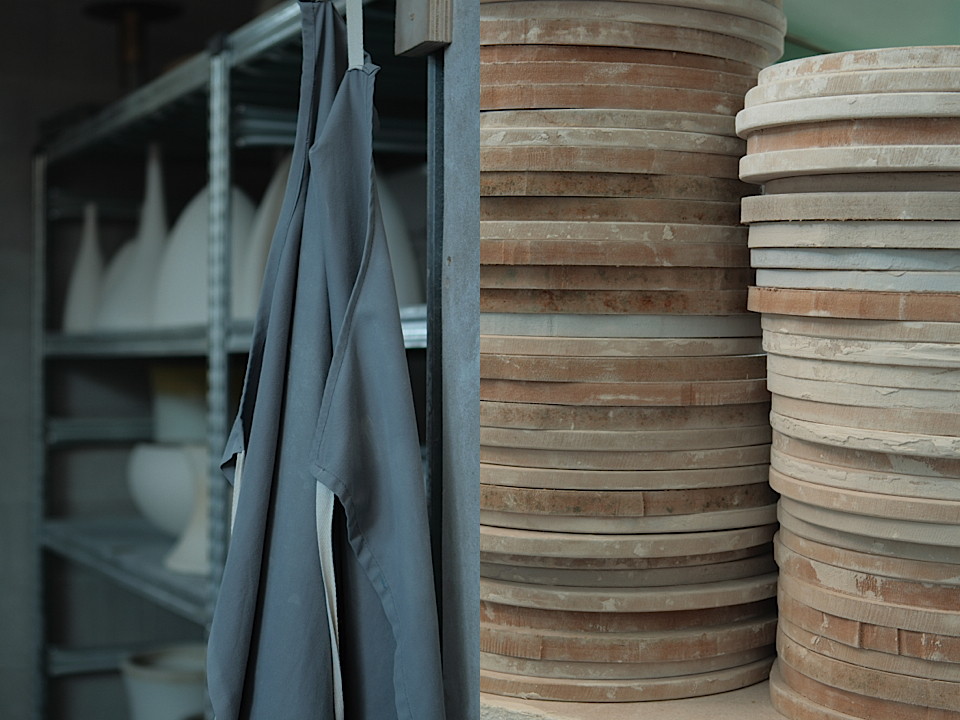
photos by Carlo Vidoni styling Magda Di Siena
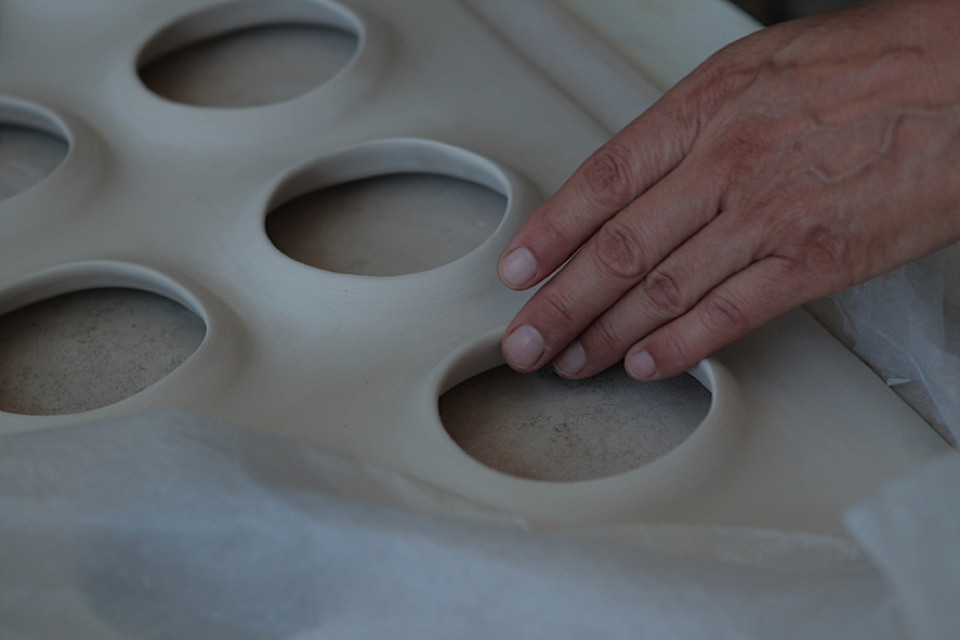
photos by Carlo Vidoni styling Magda Di Siena
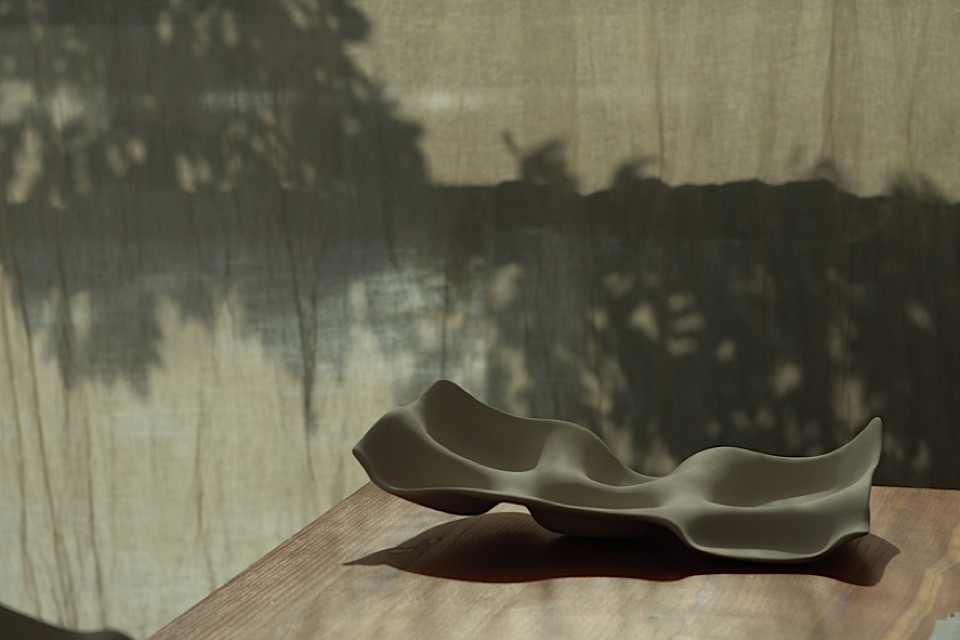
photos by Carlo Vidoni styling Magda Di Siena
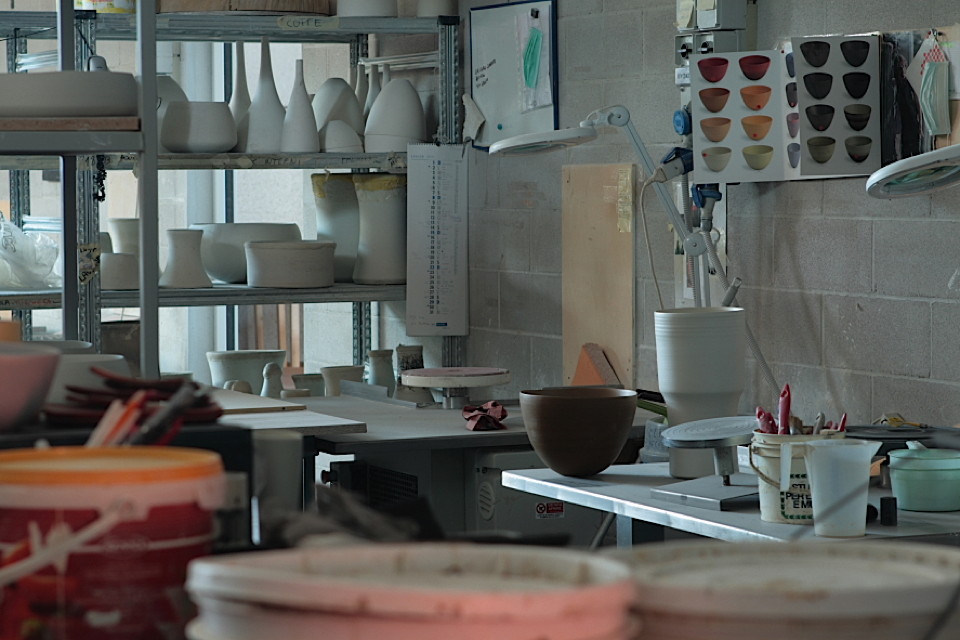
photos by Carlo Vidoni styling Magda Di Siena
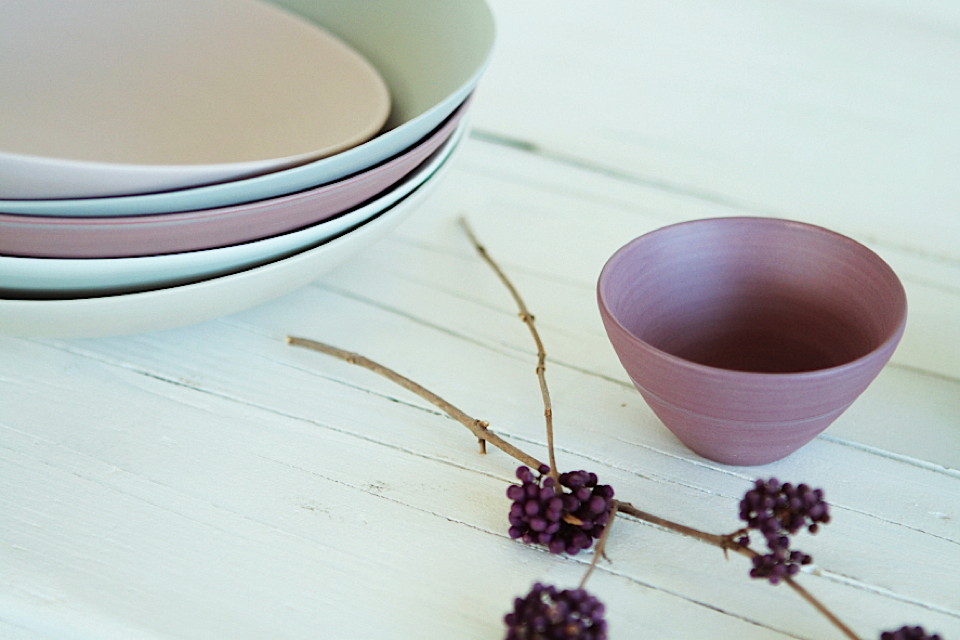
photos by Carlo Vidoni styling Magda Di Siena
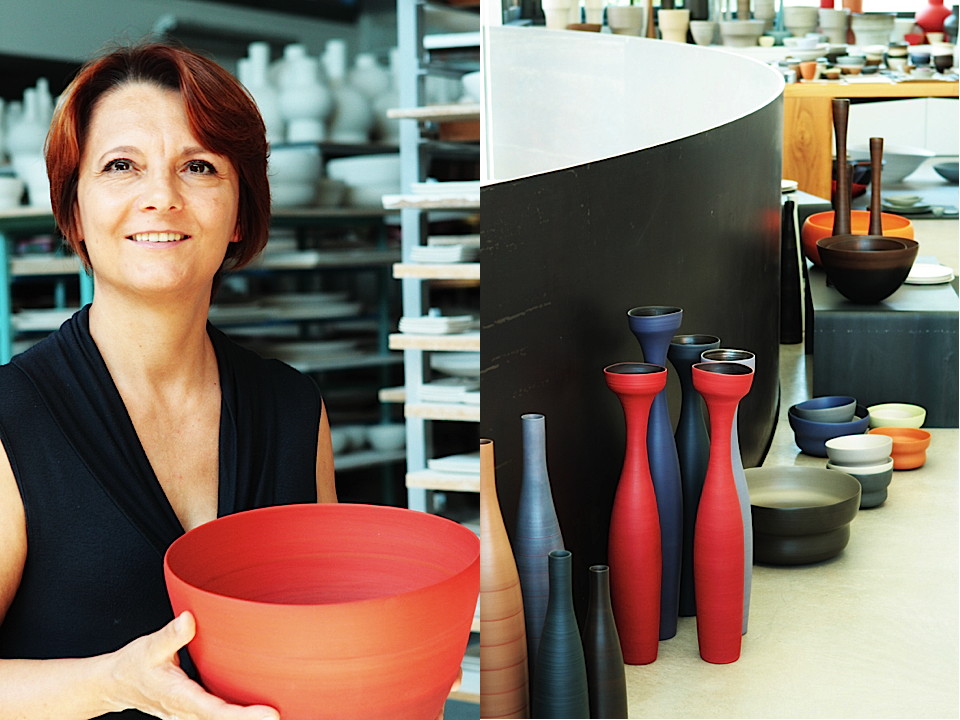
photos by Carlo Vidoni styling Magda Di Siena
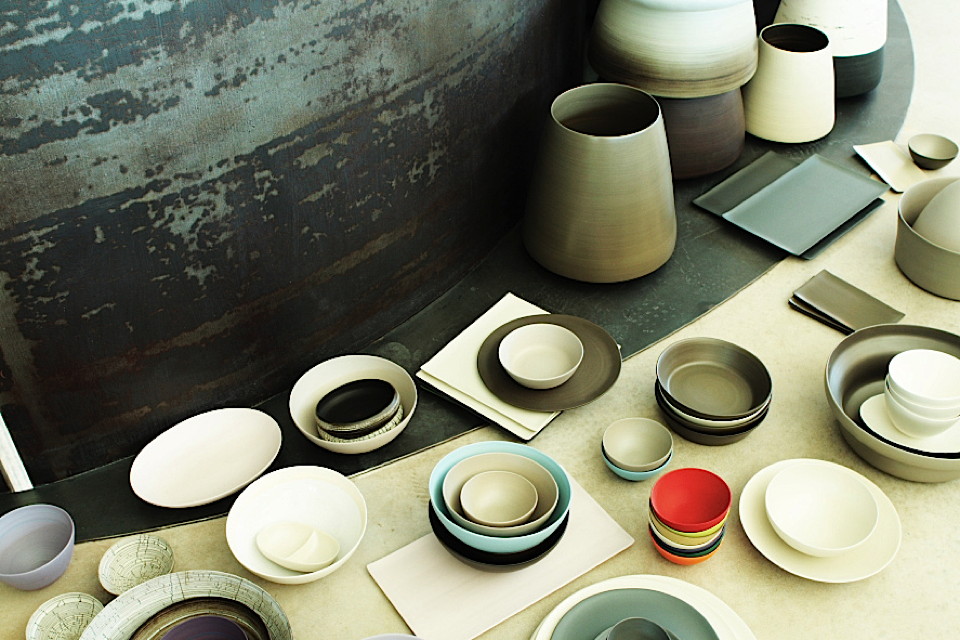
photos by Carlo Vidoni styling Magda Di Siena
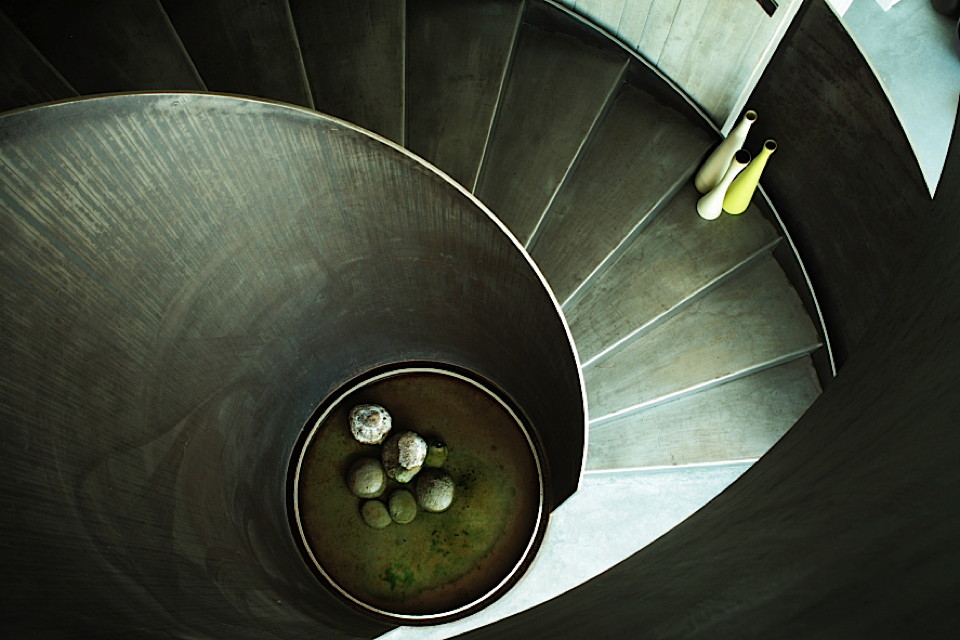
photos by Carlo Vidoni styling Magda Di Siena
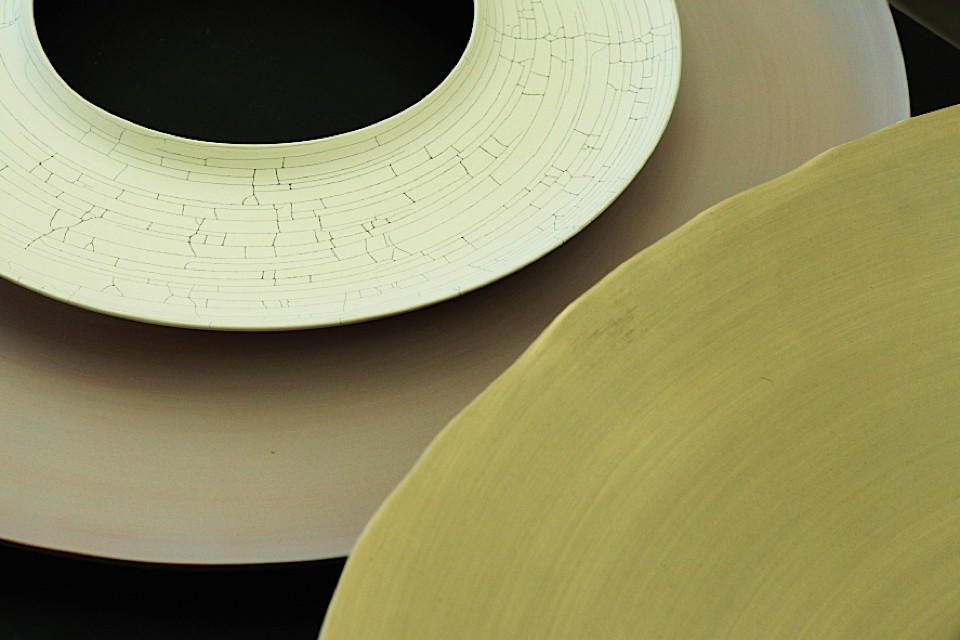
photos by Carlo Vidoni styling Magda Di Siena
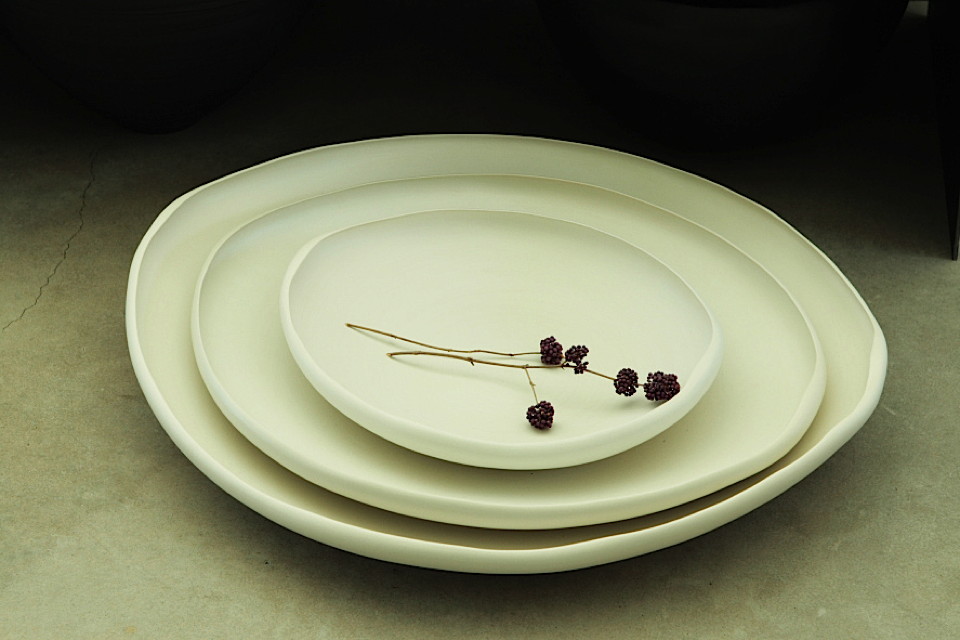
photos by Carlo Vidoni styling Magda Di Siena

